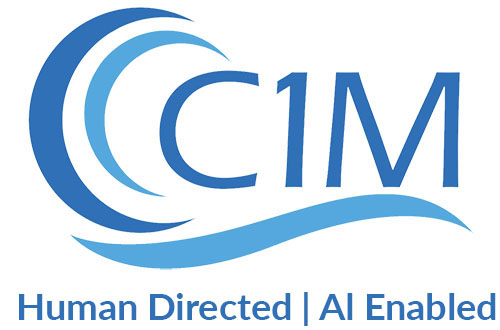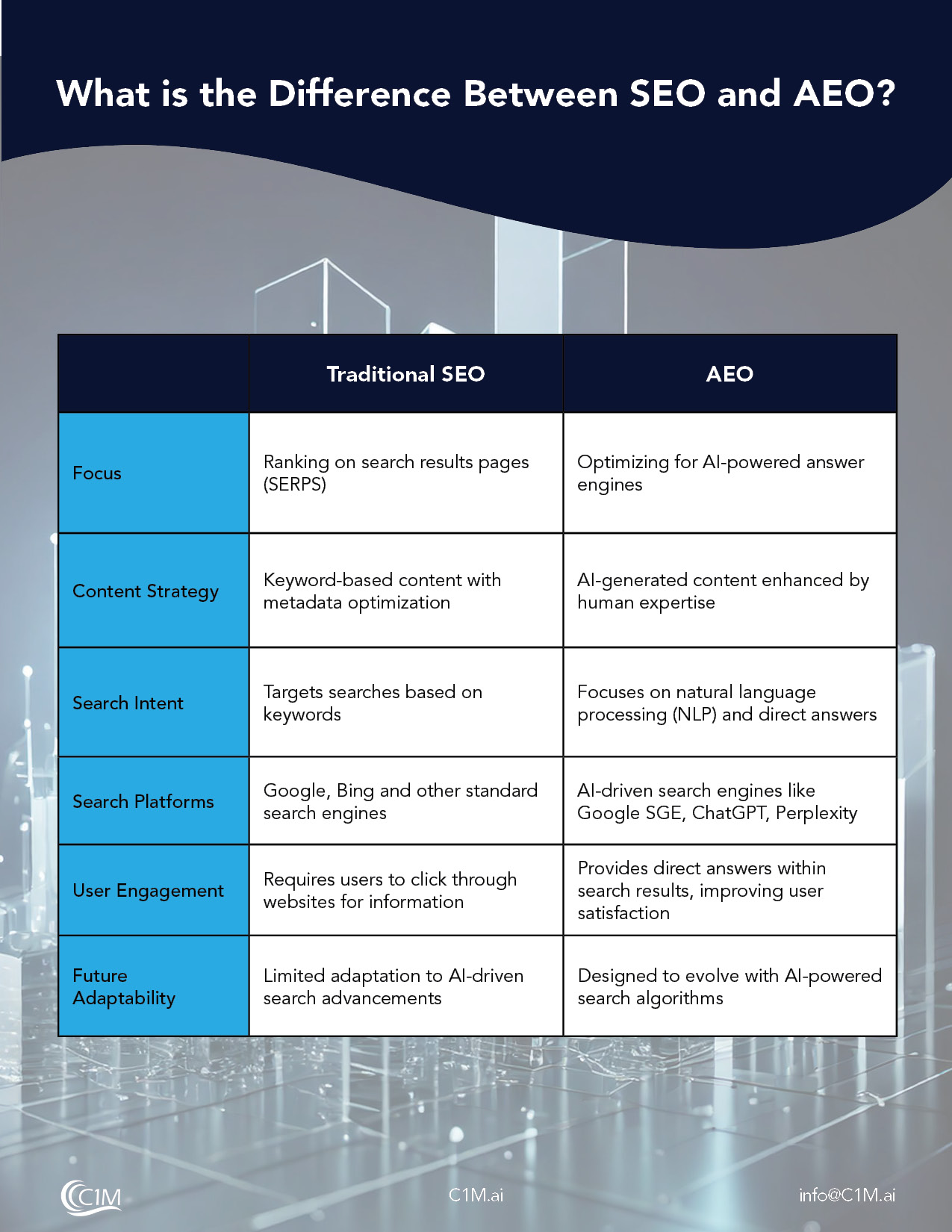
Your emails are at the frontlines of potential cyberattacks. According to 2024 research, an estimated 3.4 billion phishing emails are sent out around the world every single day, and 25% of emails from recognized brands contain phishing emails.
For B2B businesses and B2C businesses alike, email security is not only important, but essential, as a lone rogue email in the 121 emails the average person receives daily can have devastating and cascading consequences.
Consider the now infamous Google and Facebook phishing scheme of the mid-2010s, which is still known as the costliest phishing scheme in history. For two years, a Lithuanian man was able to steal more than $100 million from the two tech-savvy giants by sending convincing invoices to various personnel through fake email accounts.
Protecting your email accounts effectively protects your company, customers, and partners, and a breach in your email security spiderwebs to everyone you do business with.
This is why DMARC plays a crucial role in your organization’s security and why identifying and launching DMARC implementation strategies should be a top priority for your company.
What is DMARC, and why is it important?
DMARC stands for Domain-based Message Authentication, Reporting, and Conformance. It is a technical standard for email authentication, policy, and reporting protocol. This helps protect email senders and recipients from advanced threats.
In its simplest terms, DMARC email security provides a way for email domain owners to dictate their authentication practices and to specify the actions that will be taken when an email fails these authentication steps.
DMARC accomplishes this through two foundational authentication methods: SPF (Sender Policy Framework) and DKIM (DomainKeys Identified Mail). SPF looks at the source and verifies the sender’s IP address, while DKIM ensures that message content, including all headers, links, and the email body, has not been tampered with.
From there, DMARC takes these security measures a step further by ensuring that the data SPF and DKIM have verified also aligns with the domain stated in the email “From” field, which adds an extra layer of protection. Based on the DMARC policy that is determined by the sender ahead of time, the receiving server can then use this verification data to determine if the email should be accepted, declined, or quarantined if any of these verification checks fail.
Perhaps most importantly, when there is an issue, it is reported back to the sender about messages that have either passed or failed the DMARC evaluation process, so there is a full accounting of all email activity on the sender’s end.
DMARC – An Added Benefit is a Better Reputation for Your Business
Ensuring security is also the primary goal of DMARC, but there’s another benefit to embracing and integrating DMARC policies: building a better reputation. With a DMARC deployment, the domain owner can earn credit for adhering to global email best-sending practices, and email platforms will notice.
This means that emails will more readily and comfortably land in various inboxes instead of the dreaded spam folder, allowing more recipients to engage with your company.
The Rising Threat of Email Fraud
Business email compromise (BEC) attacks are surging. According to the 2023 FBI Internet Crime Report, BEC scam losses have increased nearly 58% since 2020, with a reported revenue loss of $2,946,830,270 for its victims. (To compare, in 2019, the reported number of losses was $1,776,549,688, or roughly a billion dollars less, give or take a few hundred million.)
Every company is vulnerable to BEC attacks, but this is especially true for small and mid-sized companies that lack the same resources as global corporations.
Considering that even Facebook and Google have fallen victim to phishing schemes in the past – two organizations that definitively have pretty good cybersecurity and technology resources – it stands to reason that every organization around the world is at risk.
Implementing DMARC – the challenges and how to move forward
Arguably, the biggest hurdle when embracing and implementing DMARC is the technical knowledge required to move forward. The details and instructions for implementing DMARC are not widely understood, which is why it is especially challenging for smaller and mid-sized organizations that don’t have teams of IT experts on the payroll.
Most companies on a smaller scale simply do not have the resources to fully understand and research the trio of standards involved or how to ensure all aspects of DMARC are implemented correctly. For example, here are a couple of common hurdles when it comes to DMARC implementation:
- SPF and DKIM alignment – For an email to pass the complete DMARC verification process, the domain used in the SPF or DKIM validation check must also be aligned with the domain in the visible “From” header. If you enlist third-party senders (such as for email marketing campaigns, for example), this can cause an unintended roadblock.
- SPF lookup limits – In order to verify whether an email passes SPF authentication, the receiving email server might have to conduct multiple DNS lookups, and only the first of these DNS lookups are evaluated. As such, companies whose SPF records include more than ten lookups will run into authentication issues, mainly if the indicated domain appears too late in the lookup list.
DMARC implementation is crucial for business security
The importance of implementing DMARC to protect your business, vendors, partners, and customers cannot be overstated, especially as email phishing schemes reach dizzying new heights in frequency and sophistication.
So, if you’re unsure how to implement DMARC to protect your business and your partners, you need to ask for guidance. At C1M, we can answer your questions about DMARC. Additionally, we will provide a free consultation and assessment to help you plot out the following steps to build a more solid barrier of protection for you and everyone in your email contacts.
C1M Can Help You with DMARC
Don’t wait to get started. Every email sent or received by your company can be a harbinger of a cyberattack, and the faster you implement DMARC, the better protection you’ll provide for every aspect of your operations.



